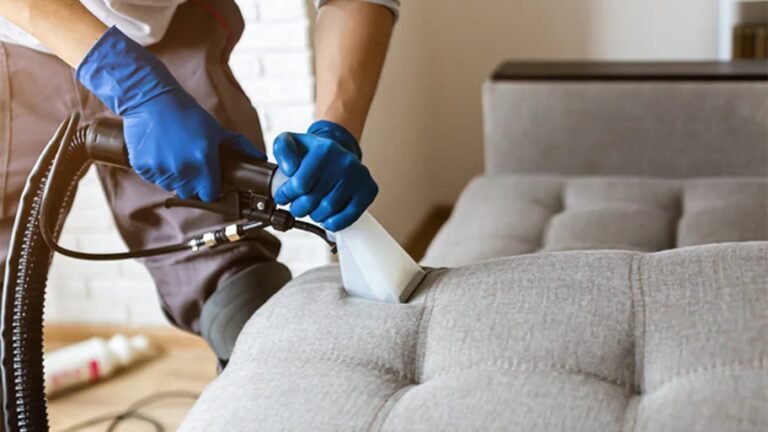Furniture deep cleaning is essential for maintaining cleanliness, hygiene, and prolonging the lifespan of your furniture pieces. However, in today’s environmentally conscious world, it’s crucial to approach deep cleaning with sustainability in mind. Here are some key considerations and tips from sinar saredah to ensure your furniture deep cleaning practices are environmentally friendly:
1. Choice of Cleaning Products:
Selecting eco-friendly cleaning products is the first step towards reducing the environmental impact of furniture deep cleaning. Look for products that are labeled as biodegradable, non-toxic, and free from harsh chemicals such as phosphates, chlorine, and VOCs (volatile organic compounds). These substances can be harmful to aquatic life and contribute to indoor air pollution.
2. Avoiding Single-Use Products:
Opt for reusable cleaning tools such as microfiber cloths, which can effectively trap dirt and require less cleaning solution compared to disposable wipes or paper towels. This reduces waste generation and minimizes the overall environmental footprint of your cleaning routine.
3. Water Conservation:
Use water efficiently during the cleaning process. Avoid excessive use of water by wringing out cloths thoroughly before use and using spray bottles to control the amount of water applied. Additionally, consider using steam cleaning methods that require less water compared to traditional methods while effectively sanitizing and deodorizing upholstery.
4. Proper Waste Disposal:
Dispose of cleaning waste responsibly. This includes properly disposing of used cleaning cloths, empty containers of cleaning solutions, and any other waste generated during the cleaning process. Follow local recycling guidelines to ensure that recyclable materials are diverted from landfills.
5. Energy Efficiency:
When using electrical equipment such as steam cleaners or vacuum cleaners, choose energy-efficient models. Look for appliances with high energy efficiency ratings (such as Energy Star certified products) to minimize electricity consumption and reduce your carbon footprint.
6. Ventilation and Indoor Air Quality:
Ensure adequate ventilation during and after the deep cleaning process to minimize indoor air pollution. This is particularly important when using cleaning products that may emit fumes or VOCs. Open windows and doors or use fans to improve airflow and facilitate faster drying of furniture upholstery.
7. Regular Maintenance and Prevention:
Implementing a regular maintenance schedule for your furniture reduces the need for frequent deep cleaning. Simple practices such as vacuuming upholstery regularly, using furniture covers or throws to protect against spills and stains, and promptly addressing stains with eco-friendly spot cleaners can prolong the intervals between deep cleaning sessions.
8. Professional Services:
When opting for professional furniture deep cleaning services, inquire about their environmental practices. Choose companies that use eco-friendly cleaning products and sustainable cleaning methods. Certifications such as Green Seal or EcoLogo indicate that the service provider meets specific environmental standards.
9. Choosing Sustainable Materials:
When purchasing new furniture or upholstery, opt for pieces made from sustainable materials such as FSC-certified wood, bamboo, or recycled materials. Sustainable furniture materials reduce the environmental impact throughout their lifecycle, including maintenance and eventual disposal.
10. Educating Yourself and Others:
Stay informed about the latest developments in eco-friendly cleaning practices and share this knowledge with others. By raising awareness and encouraging sustainable habits, you contribute to a broader movement towards environmentally responsible living.
In conclusion, adopting environmentally friendly practices in furniture deep cleaning not only promotes a healthier indoor environment but also reduces your ecological footprint. By making conscious choices regarding cleaning products, water usage, waste disposal, and energy efficiency, you can contribute to preserving natural resources and minimizing environmental harm. Embracing sustainability in furniture care ensures that your living space remains clean, comfortable, and environmentally responsible for years to come.
Read more: https://www.usaacemedia.com/
